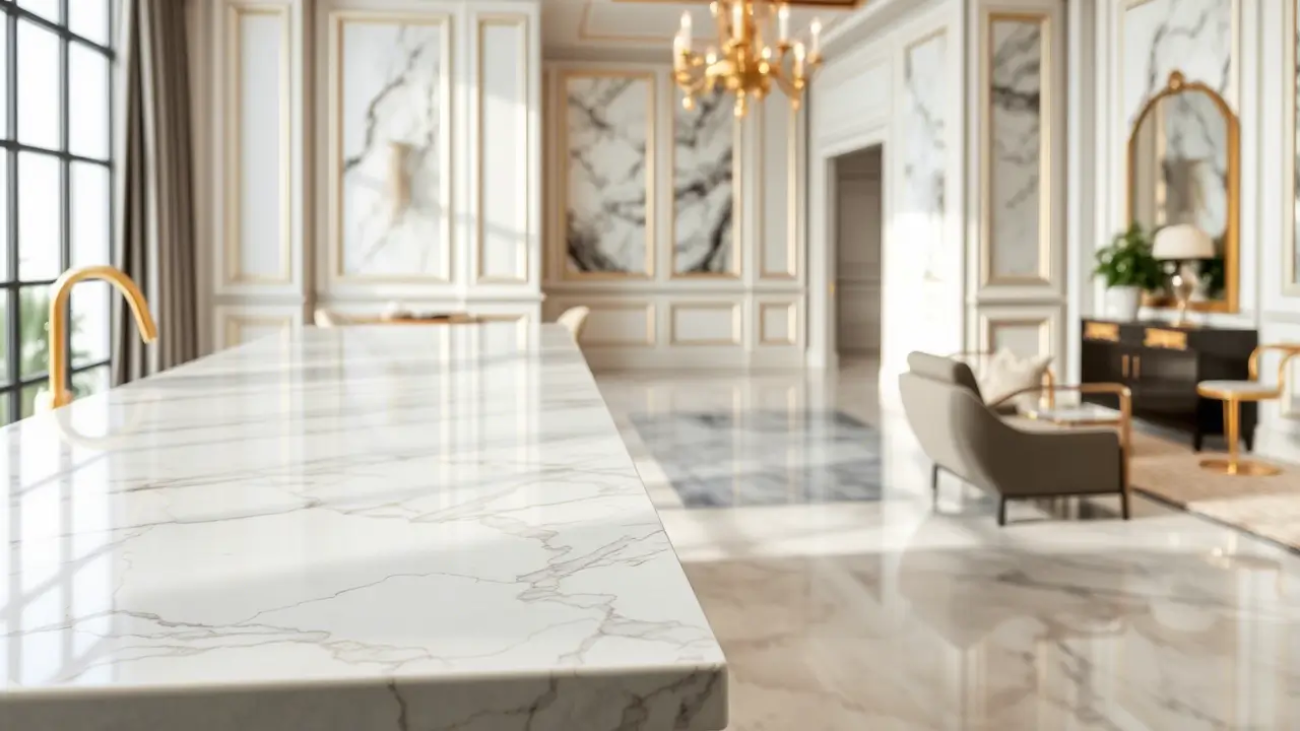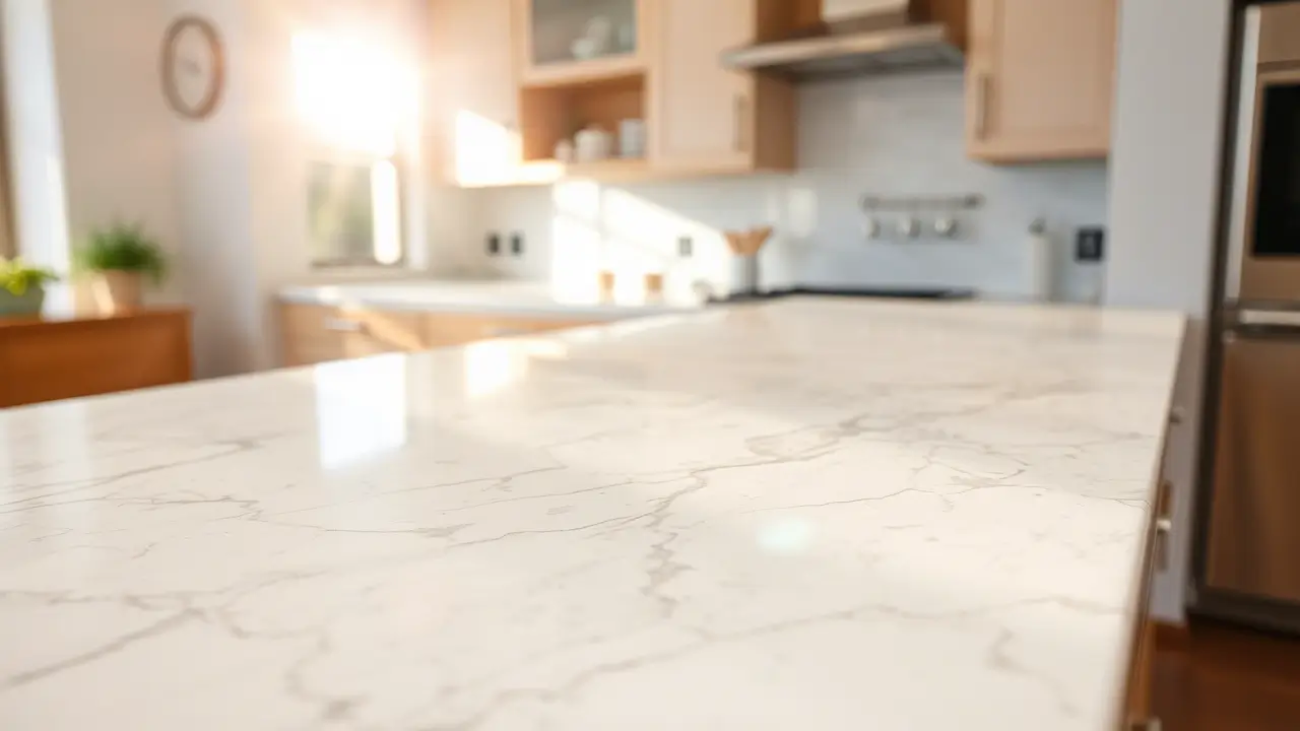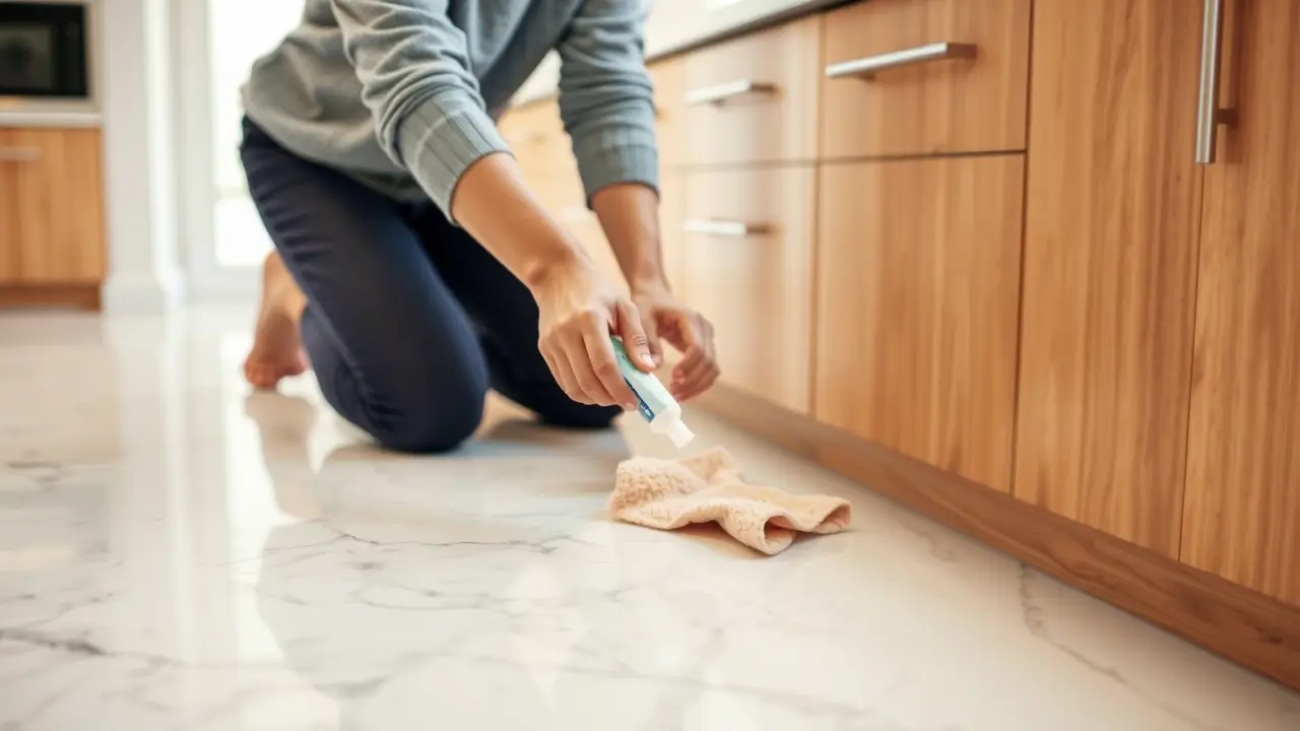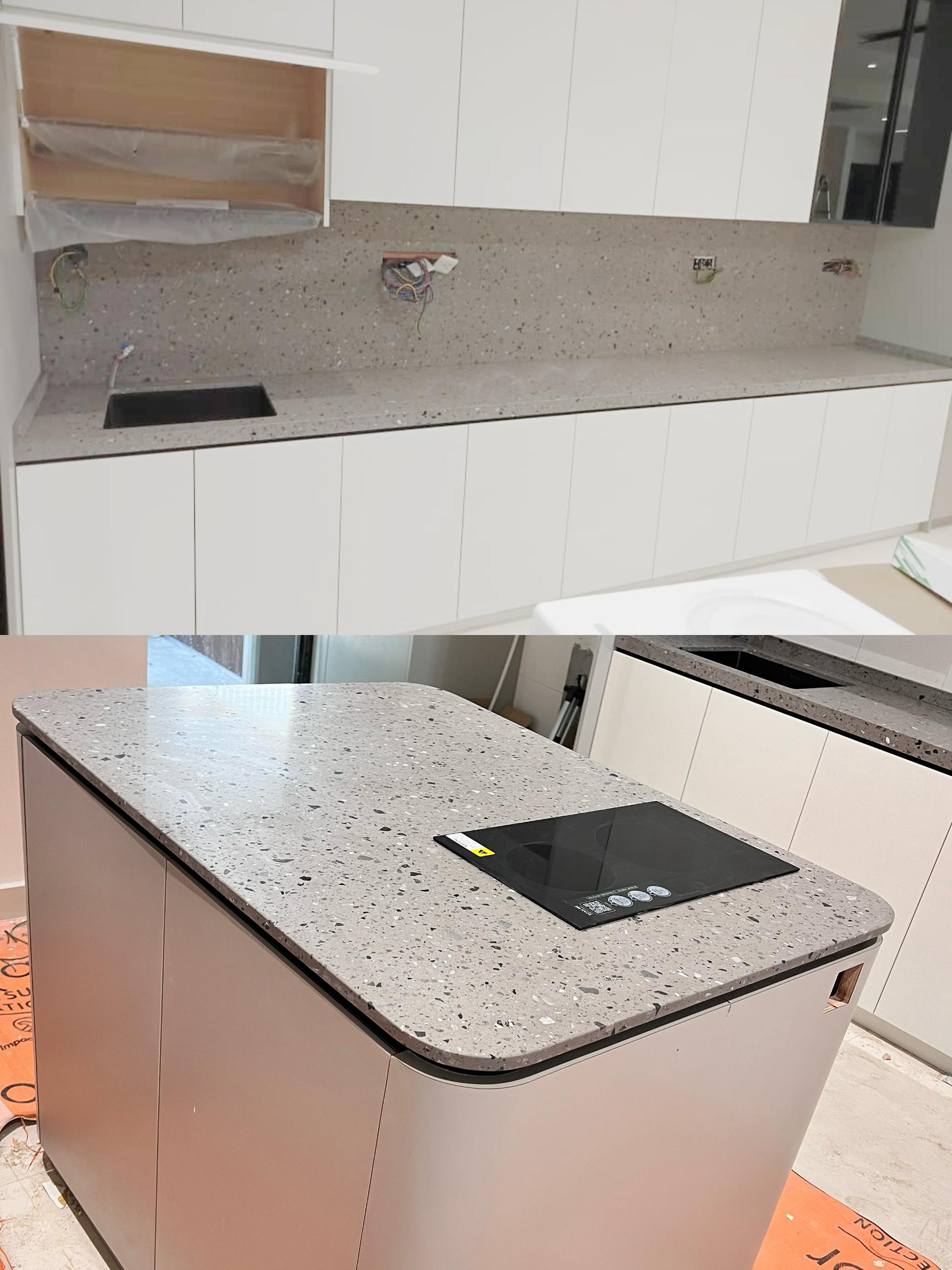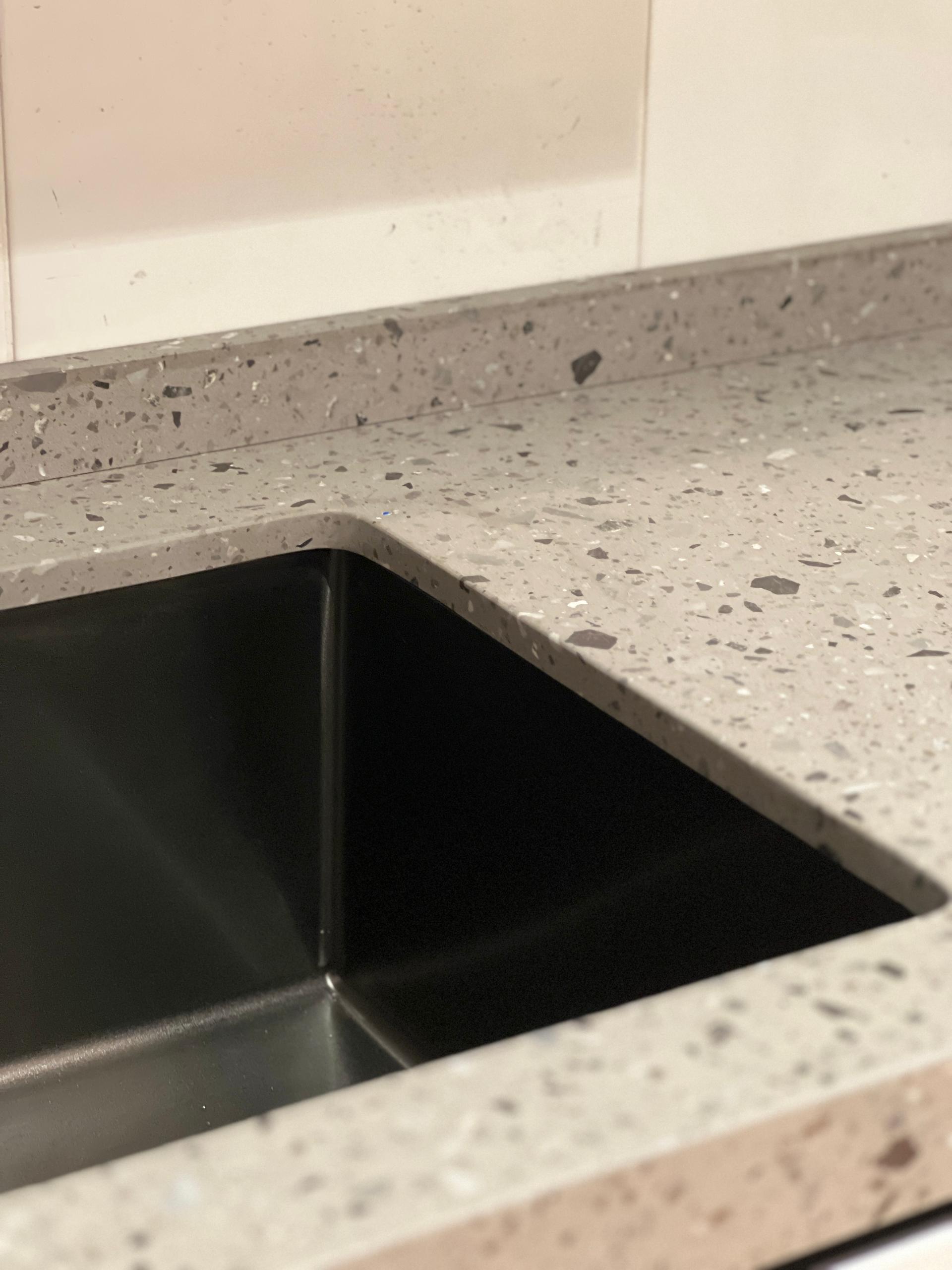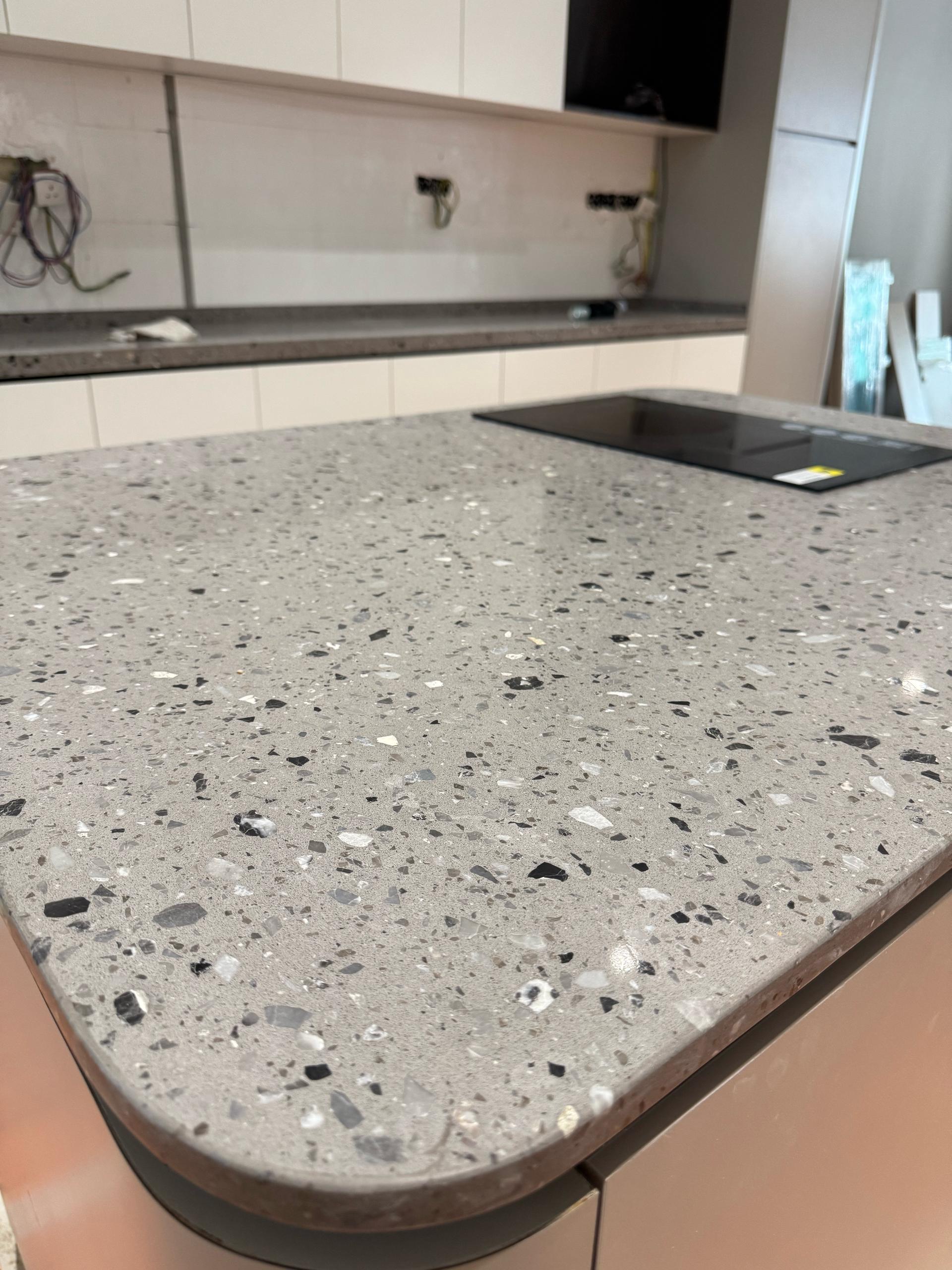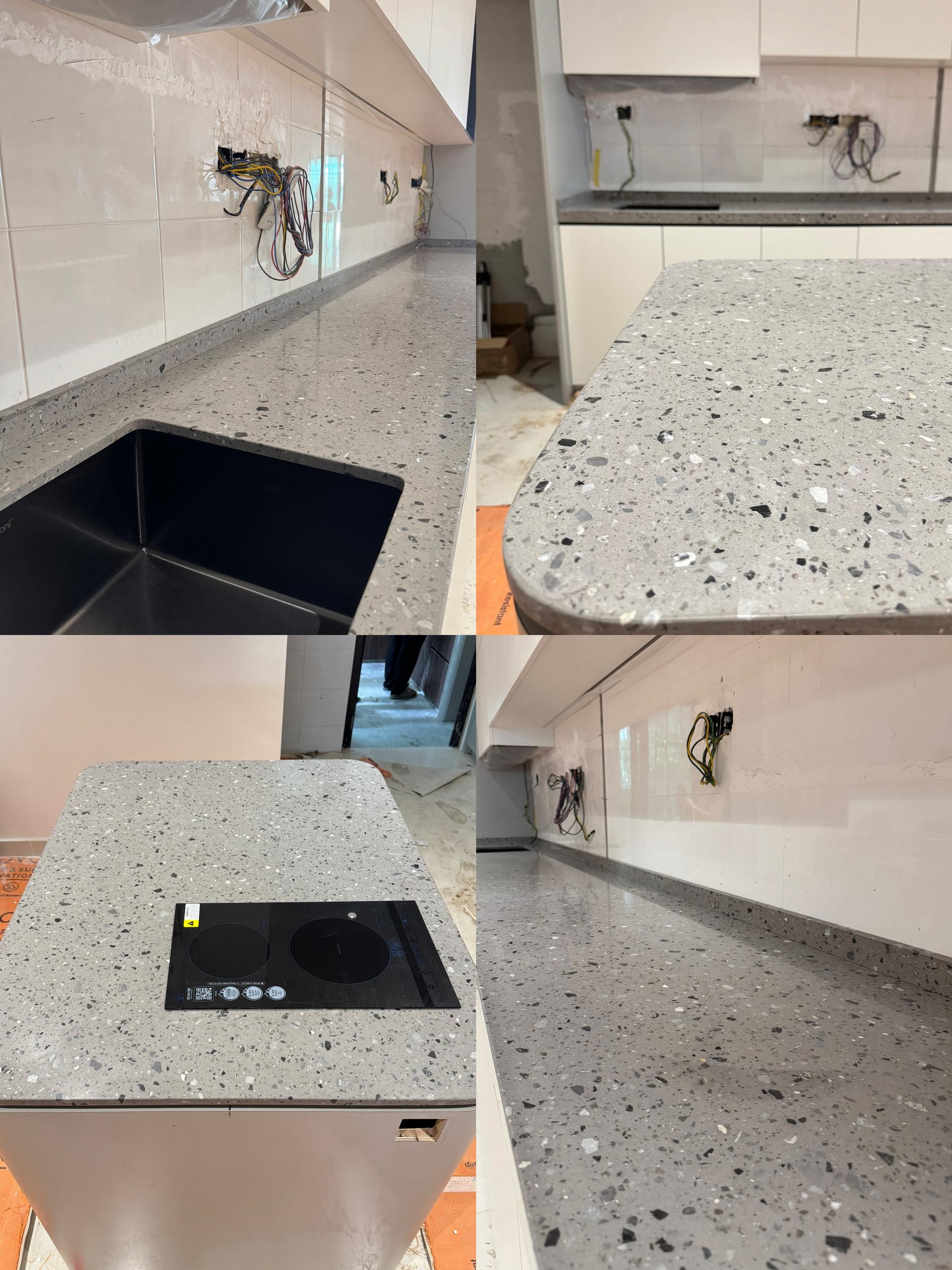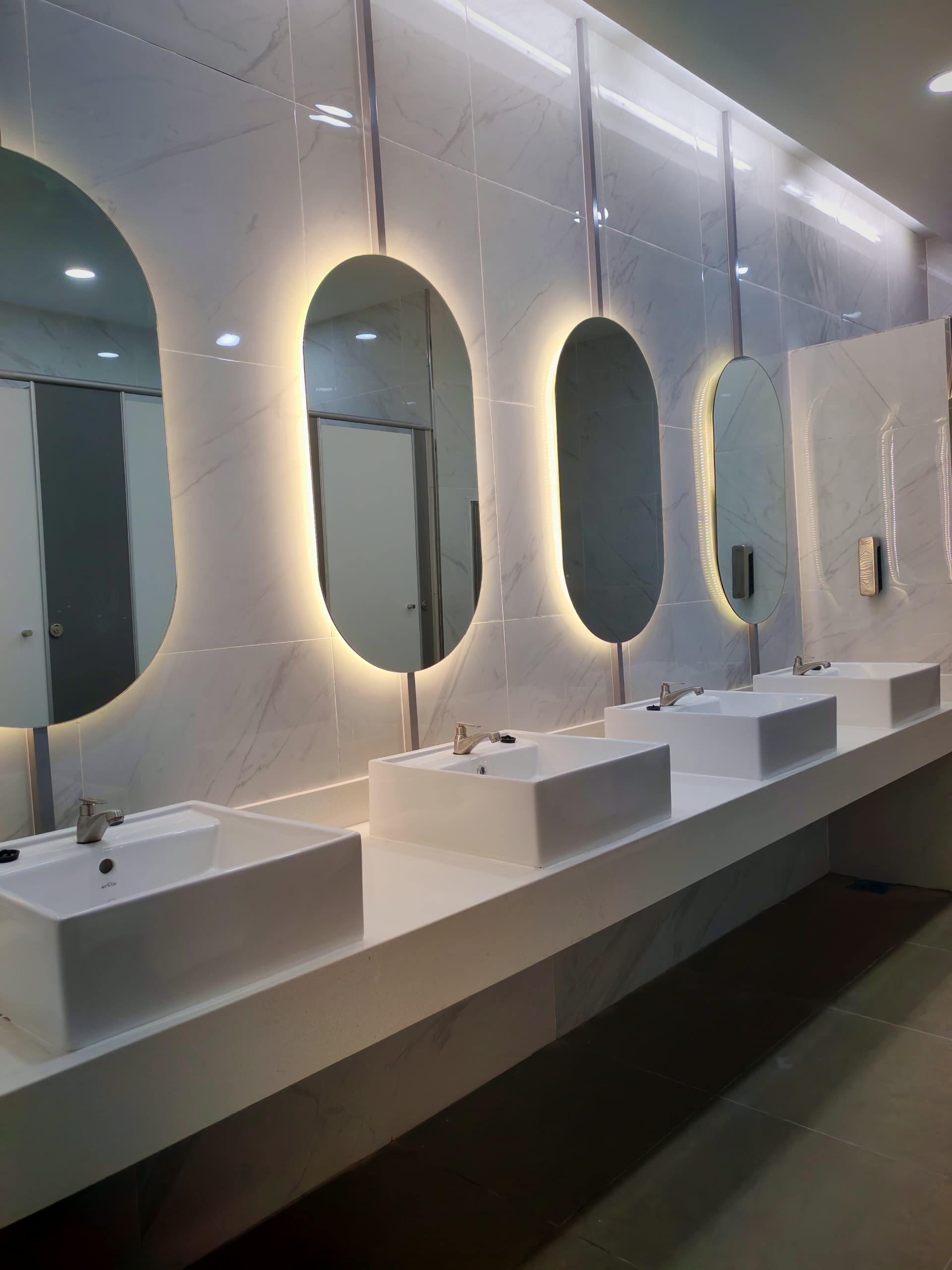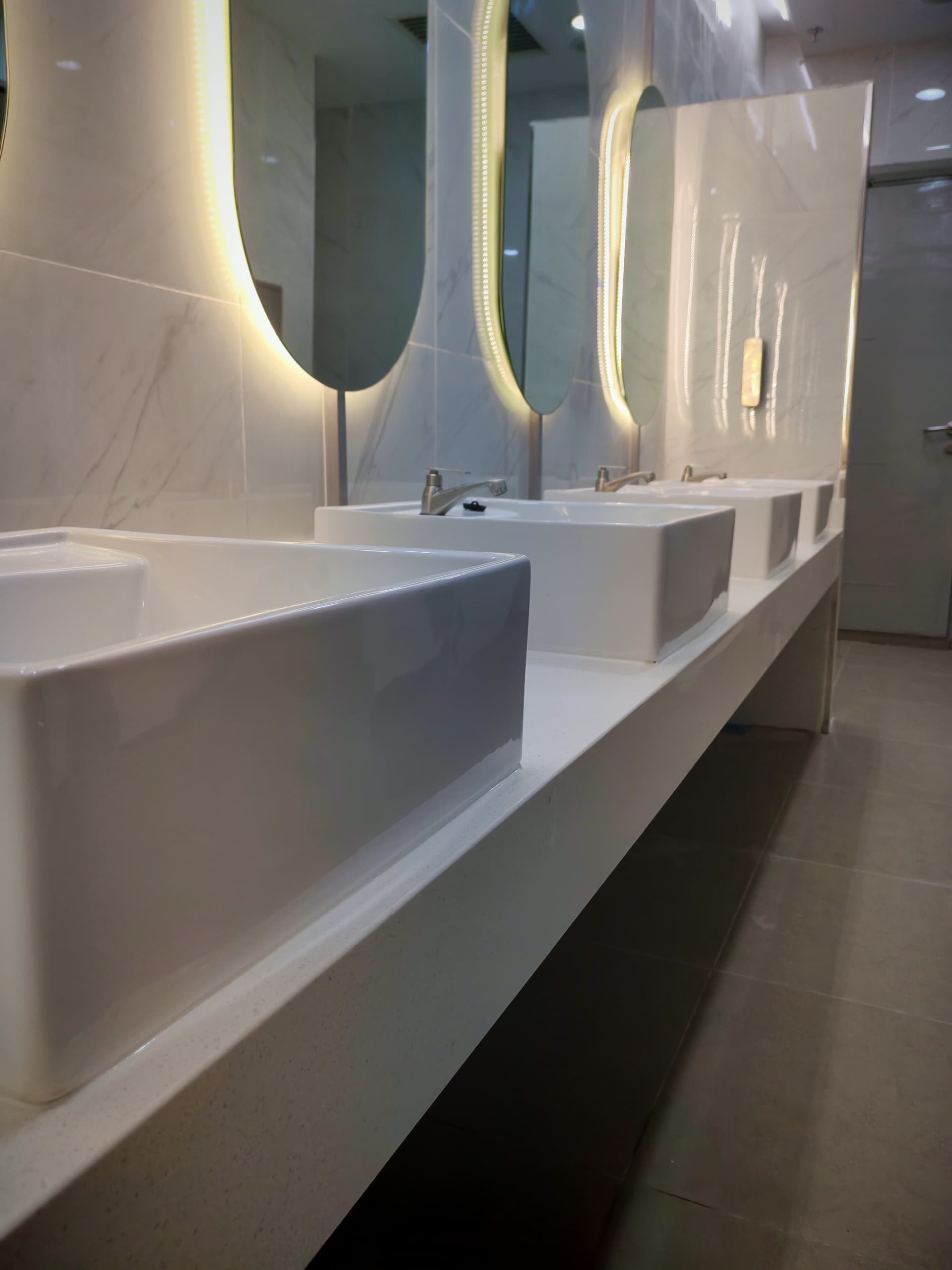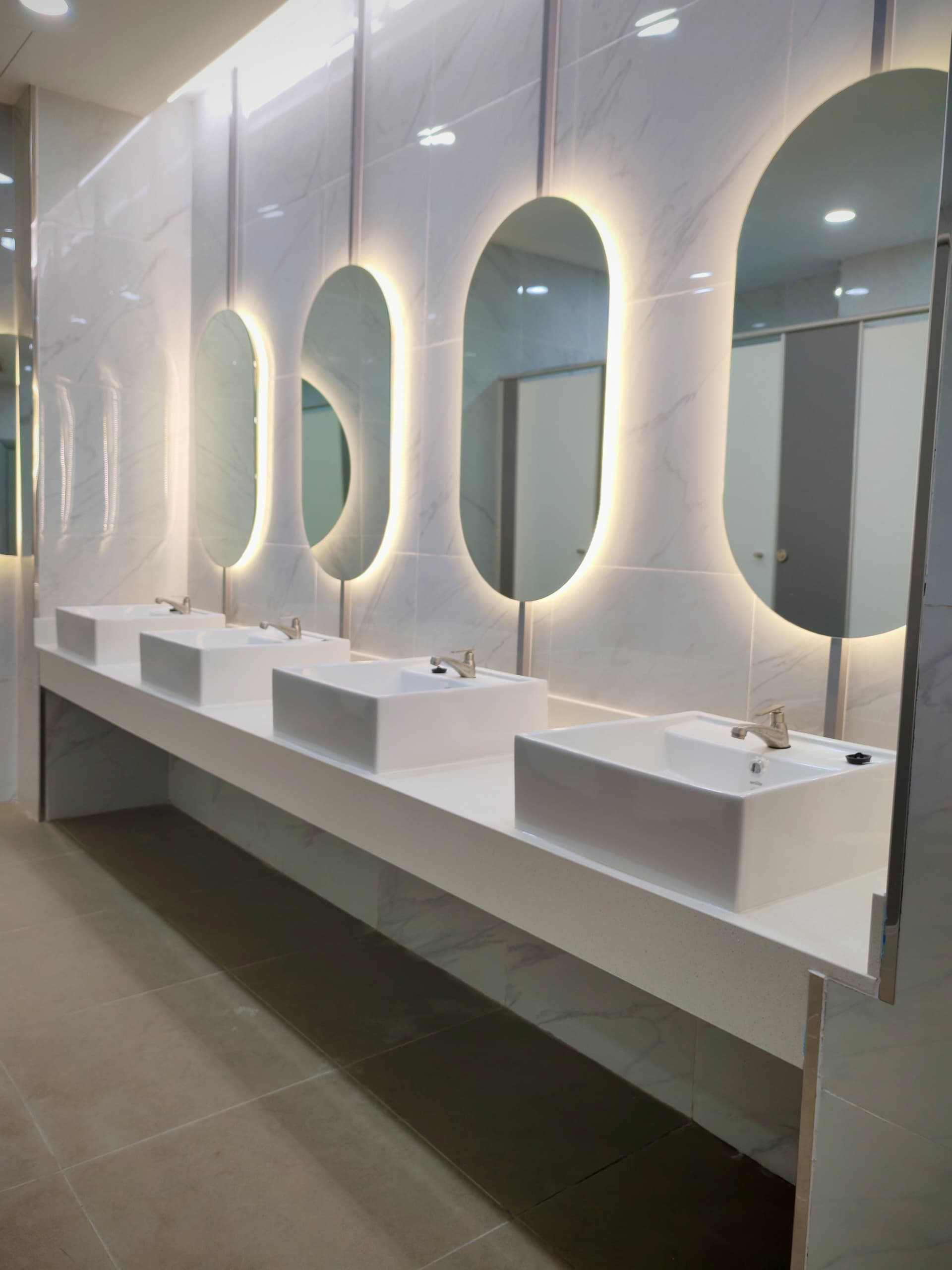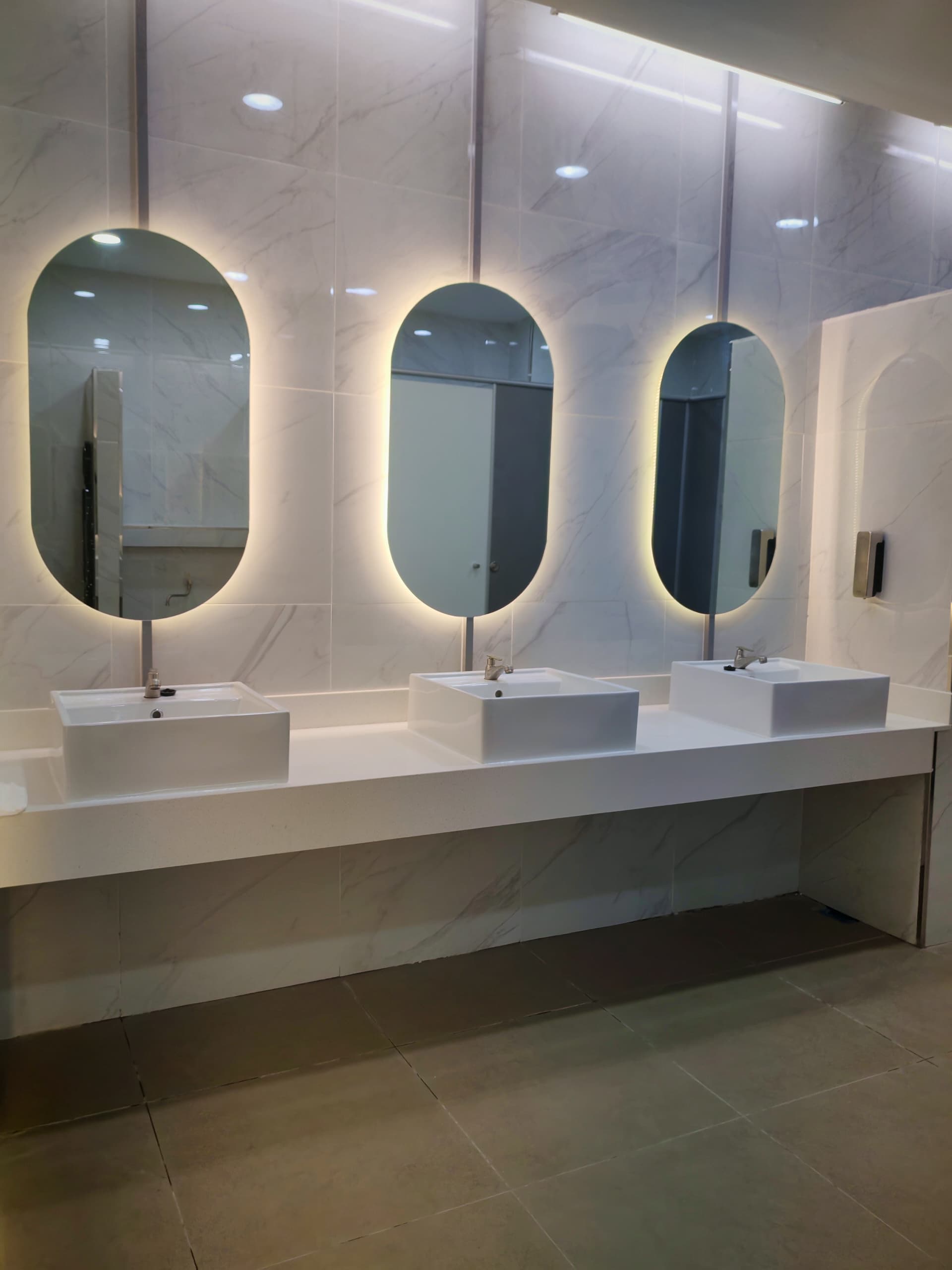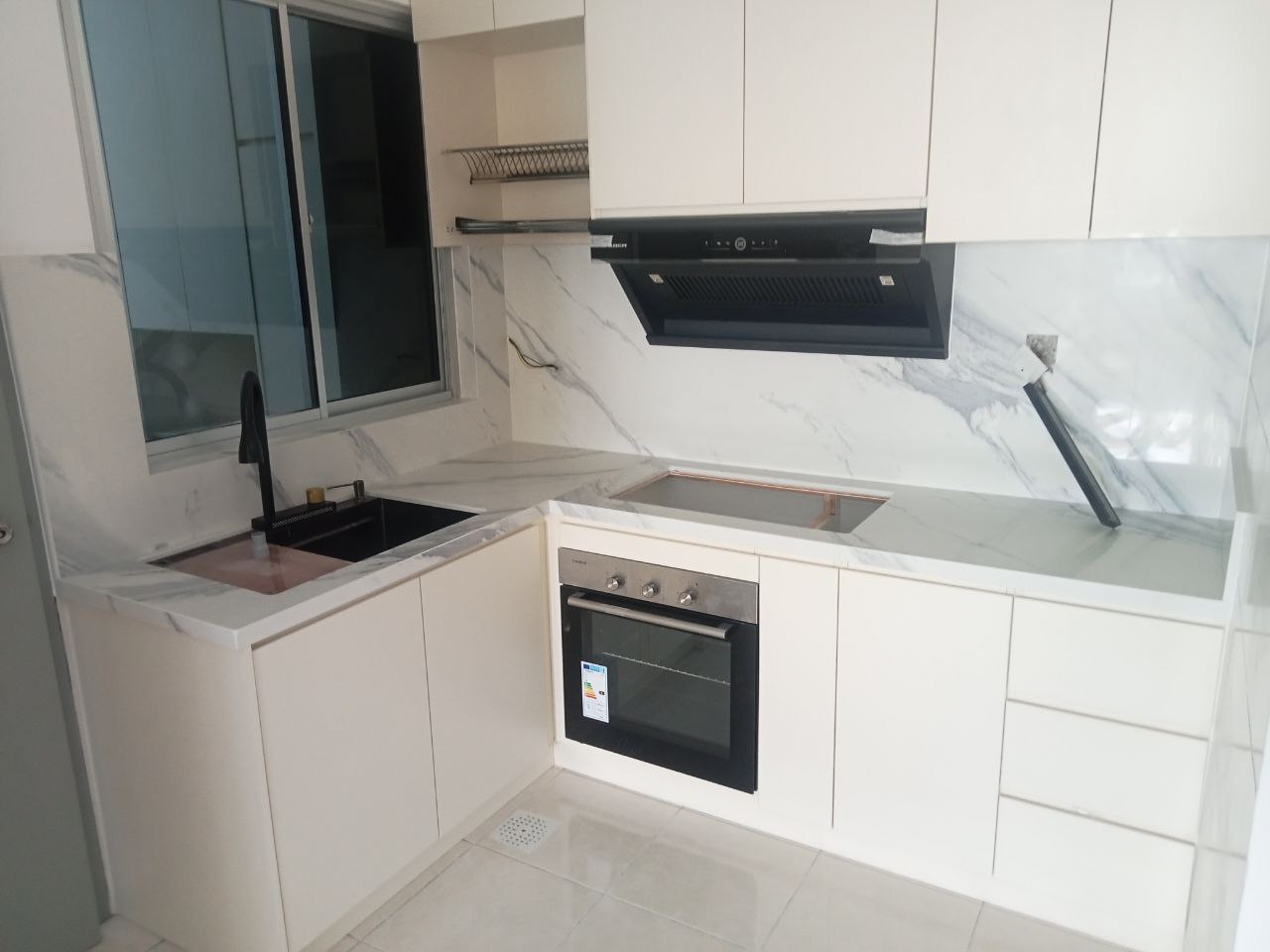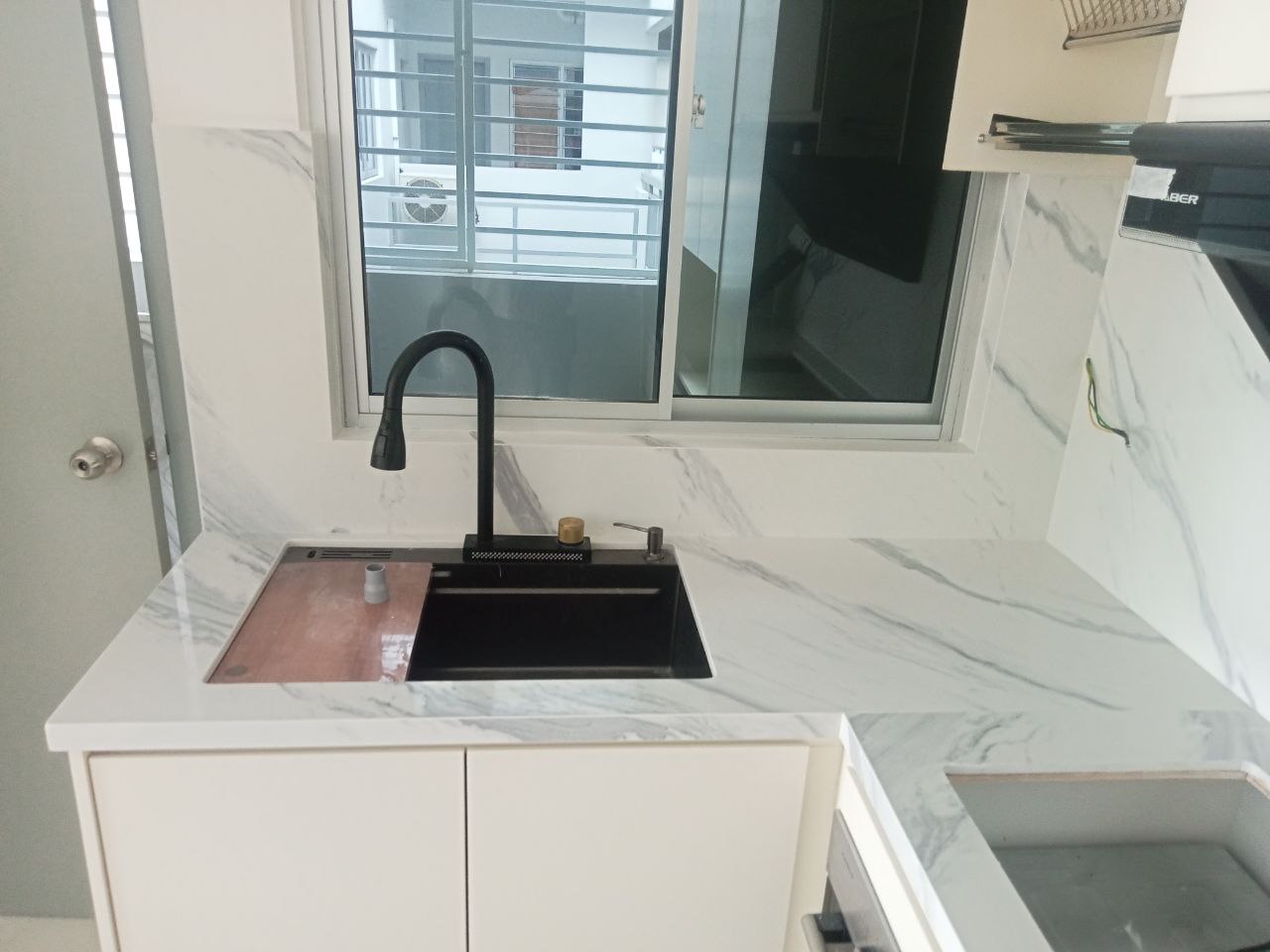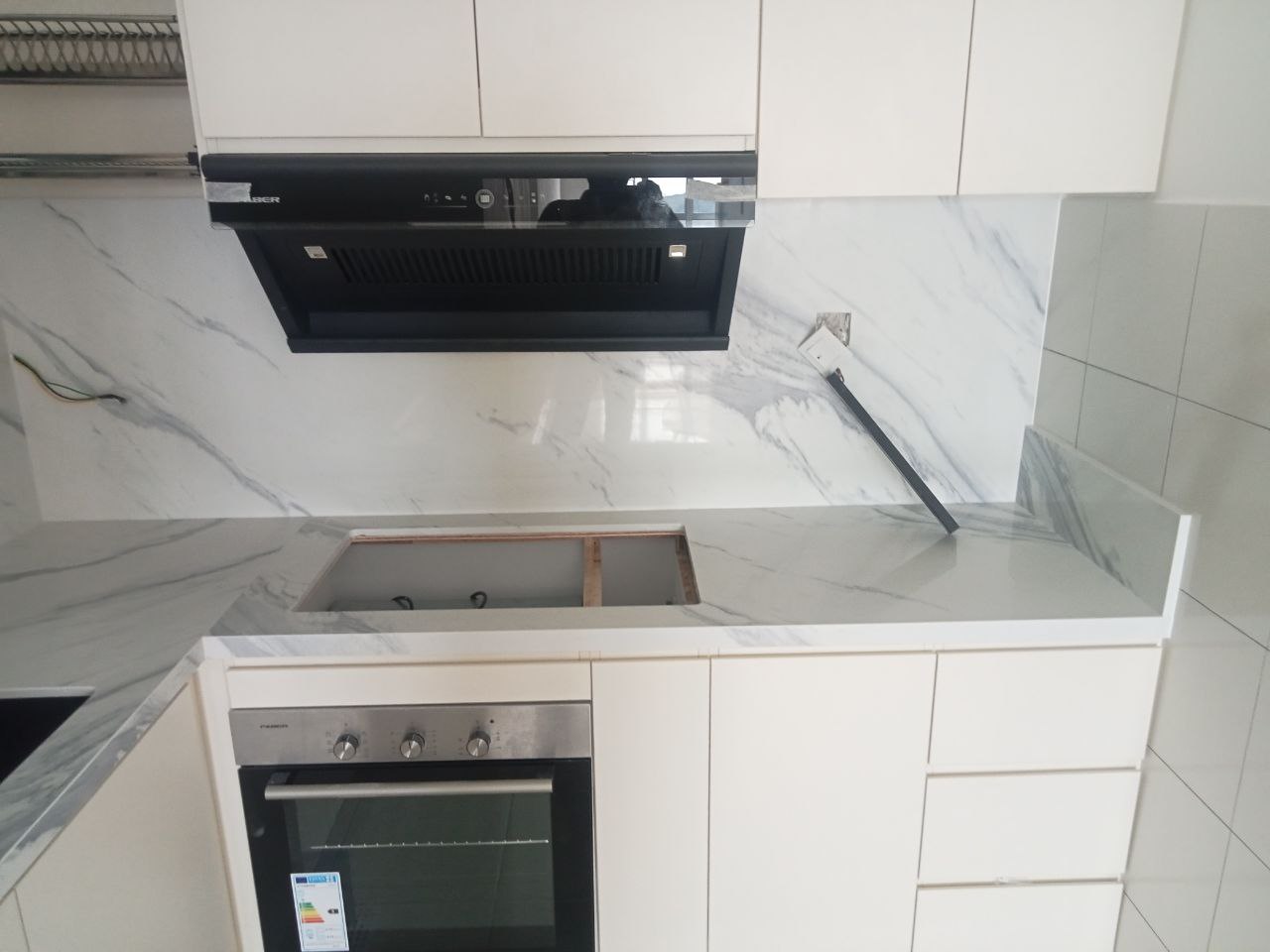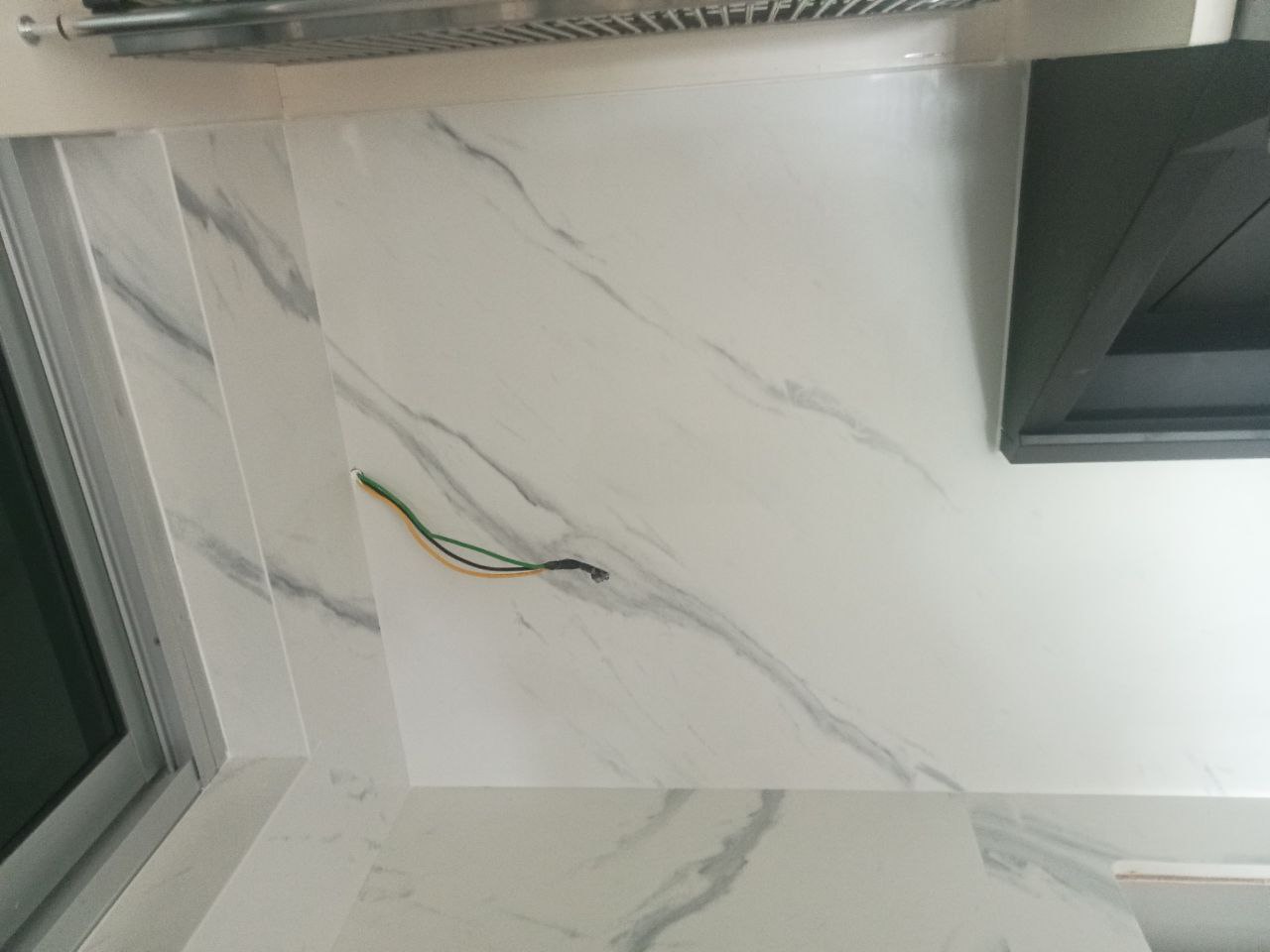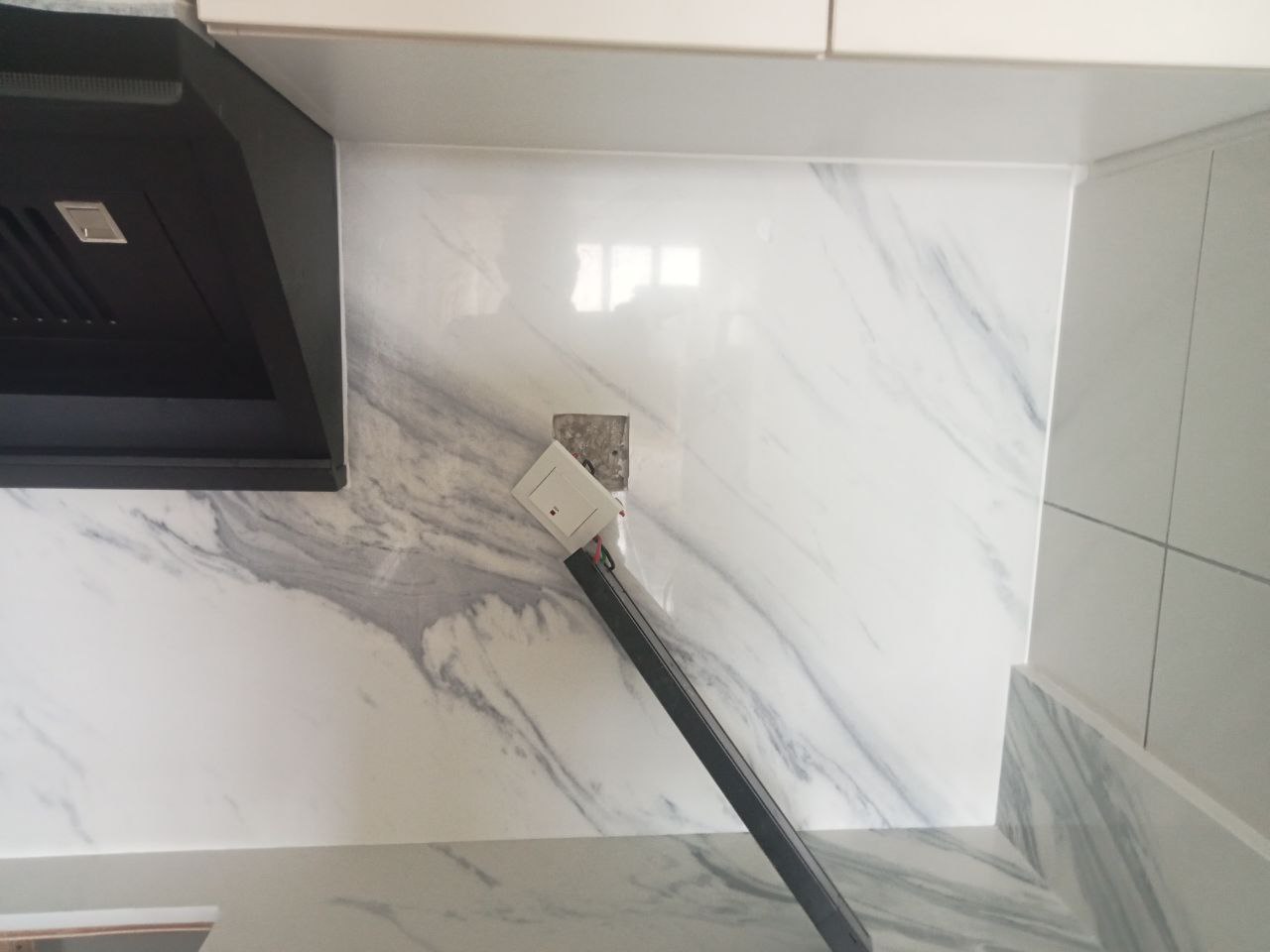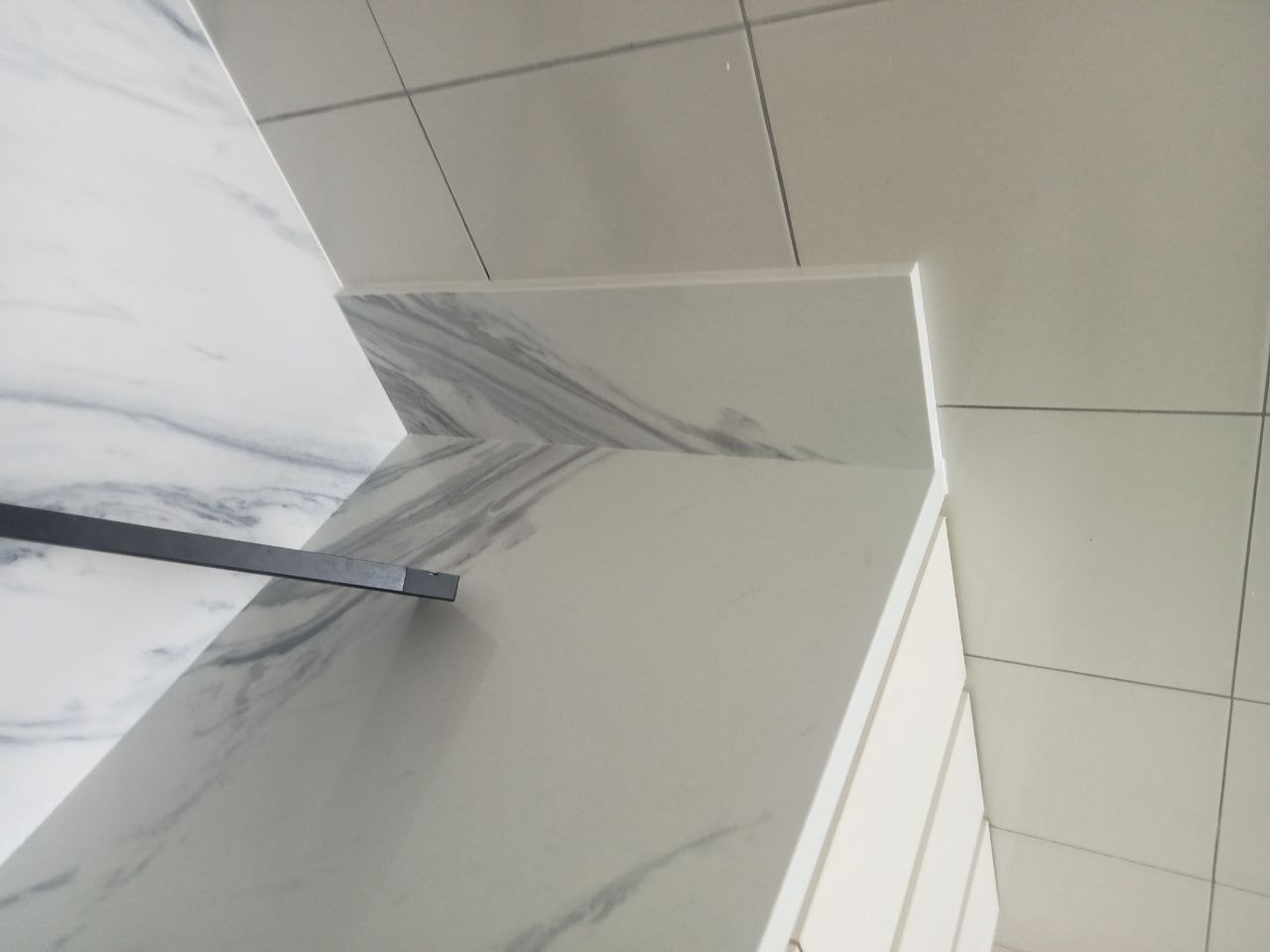Marble has long been revered as a symbol of luxury and opulence, captivating the hearts and minds of architects, designers, and homeowners alike. Its unique veining, rich colors, and polished finish create an aesthetic that is both timeless and sophisticated. As I delve into the world of marble, I find myself drawn to its multifaceted nature, which transcends mere functionality to embody artistry and elegance.
The allure of marble lies not only in its physical beauty but also in the stories it tells—stories of ancient civilizations, skilled artisans, and the enduring quest for beauty. In my exploration of marble, I am struck by its versatility. From grandiose palaces to intimate living spaces, marble has found its place in various settings, enhancing the ambiance and elevating the overall design.
It is a material that speaks to the senses, inviting touch and admiration. As I consider the role of marble in luxury design, I am reminded that it is not just a material; it is a statement—a declaration of taste and refinement that resonates with those who appreciate the finer things in life.
Historical Significance of Marble in Luxury Design
The Birthplace of Marble‘s Grandeur
The Parthenon, with its stunning marble columns, stands as a testament to the grandeur of classical architecture.
A Symbol of Power and Prestige
I find it fascinating how marble was used to convey power and prestige, with emperors commissioning elaborate sculptures and structures that showcased their wealth and influence. Throughout history, marble has been associated with the elite. In Renaissance Italy, artists like Michelangelo and Bernini harnessed its beauty to create masterpieces that still captivate audiences today.
A Medium for Culture and Creativity
As I study these historical contexts, I realize that marble has always been more than just stone; it has been a medium through which culture and creativity have flourished. This rich heritage adds layers of meaning to contemporary uses of marble, reminding me that each slab carries with it echoes of the past.
The Use of Marble in High-End Architecture and Interior Design
In the realm of high-end architecture and interior design, marble reigns supreme as a preferred material for creating luxurious spaces. As I walk through opulent hotels, upscale restaurants, and lavish residences, I am often greeted by the striking presence of marble surfaces—floors that gleam underfoot, countertops that exude sophistication, and walls that tell a story through their intricate patterns. The sheer versatility of marble allows it to be used in various applications, from flooring to decorative accents.
I am particularly enamored by how designers utilize marble to create focal points within a space. A grand marble staircase can serve as a stunning centerpiece, drawing the eye upward and inviting exploration. In kitchens and bathrooms, marble countertops not only provide functionality but also elevate the overall aesthetic.
The interplay of light on polished surfaces creates an ambiance that is both inviting and luxurious. As I observe these design choices, I appreciate how marble can transform an ordinary space into an extraordinary experience.
The Association of Marble with Elegance and Sophistication
Marble‘s association with elegance and sophistication is deeply ingrained in our collective consciousness. Whenever I encounter marble in a design context, I am reminded of its ability to evoke feelings of refinement and grace. The smooth texture and cool touch of polished marble create an atmosphere of tranquility, making it a favored choice for spaces meant for relaxation and contemplation.
Whether it’s a serene bathroom retreat or an elegant dining room, marble enhances the overall experience by infusing it with a sense of luxury. Moreover, the color palette of marble adds to its allure. From classic whites and creams to bold blacks and deep greens, each hue carries its own personality and charm.
As I explore different types of marble—Carrara, Calacatta, Emperador—I find myself captivated by their unique characteristics. This diversity allows designers to curate spaces that reflect individual tastes while maintaining an air of sophistication. In my opinion, the ability of marble to adapt to various styles—from modern minimalism to traditional opulence—further solidifies its status as a quintessential luxury material.
The Cost and Rarity of Marble as a Luxury Material
The cost and rarity of marble contribute significantly to its perception as a luxury material. As I delve into the market dynamics surrounding marble, I discover that high-quality slabs are often sourced from specific regions known for their exceptional stone—Italy, Greece, and Turkey being among the most renowned. The extraction process is labor-intensive and requires skilled craftsmanship to ensure that each piece meets the highest standards of quality.
This meticulous attention to detail inevitably drives up the price. In my experience, investing in marble is not merely about acquiring a beautiful surface; it is about embracing a legacy. The rarity of certain types of marble adds an element of exclusivity that appeals to discerning buyers.
When I see a unique veining pattern or an unusual color variation, I understand that I am witnessing something truly special—an artifact shaped by nature over millennia. This rarity not only enhances the aesthetic value but also makes each piece a conversation starter, inviting admiration from guests and creating lasting impressions.
The Cultural Perception of Marble as a Status Symbol
The Historical Roots of Marble‘s Cultural Significance
This perception is deeply rooted in history, where palaces and temples built from marble were associated with power and divinity. The cultural significance of marble has been passed down through the ages, and it continues to thrive in contemporary society.
The Power of Marble in Social Contexts
It is fascinating how something as simple as stone can carry such weight in social contexts. Marble serves not only as a design choice but also as a powerful statement about identity and status. When I enter a home or establishment featuring marble elements, I often feel an immediate sense of awe and respect for the owner’s taste and discernment.
Marble as a Reflection of Success and Aspirations
In many cultures, homes adorned with marble are seen as markers of success—a reflection of one’s achievements and aspirations. Marble has become a status symbol, conveying wealth and sophistication to those who enter the space.
The Sustainability and Longevity of Marble in Luxury Design
As discussions around sustainability become increasingly relevant in luxury design, I find myself contemplating the environmental impact of materials like marble. While some may view natural stone as less sustainable due to quarrying practices, I believe that when sourced responsibly, marble can be an eco-friendly choice. Its durability is one of its most appealing attributes; when properly cared for, marble can last for generations without losing its beauty or functionality.
In my pursuit of sustainable design practices, I have come to appreciate how marble can contribute to long-lasting interiors. Unlike synthetic materials that may need frequent replacement or maintenance, high-quality marble surfaces can withstand the test of time. This longevity not only reduces waste but also aligns with the growing desire for timeless design—spaces that remain relevant regardless of fleeting trends.
As I consider my own design choices, I am increasingly drawn to materials like marble that embody both beauty and sustainability.
The Future of Marble in the Luxury Market
Looking ahead, I am excited about the future of marble in the luxury market. As trends evolve and consumer preferences shift towards more sustainable options, I believe that marble will continue to hold its ground as a sought-after material. Innovations in quarrying techniques and advancements in technology may lead to more responsible sourcing practices while maintaining the quality we have come to expect from this exquisite stone.
Moreover, as designers experiment with new applications for marble—such as incorporating it into furniture or art installations—I see endless possibilities for this timeless material. The fusion of traditional craftsmanship with modern aesthetics opens up new avenues for creativity while honoring the rich heritage of marble design. As I envision future spaces adorned with this luxurious stone, I am filled with optimism about its enduring appeal and relevance in an ever-changing world.
In conclusion, my journey through the world of marble has revealed its profound significance as a luxury material. From its historical roots to its contemporary applications, marble continues to captivate those who seek beauty and elegance in their surroundings. As I reflect on its cost, rarity, cultural perception, sustainability, and future potential, I am reminded that marble is not just a material; it is an experience—a celebration of artistry that transcends time and trends.
Is marble considered luxury? According to a comprehensive countertop comparison article from Solid Top, marble is indeed considered a luxury material due to its elegant appearance and high cost. The article discusses the pros and cons of various countertop materials, including marble, and highlights the luxurious qualities that make it a popular choice for upscale kitchens and bathrooms. For more information on luxury countertop options, visit Solid Top.
FAQs
What is marble?
Marble is a natural stone that is formed from limestone under high pressure and heat. It is known for its unique veining and luxurious appearance.
Is marble considered a luxury material?
Yes, marble is considered a luxury material due to its high cost, elegant appearance, and association with luxury and opulence.
What are the characteristics of marble that make it luxurious?
Marble is prized for its unique veining, smooth texture, and ability to take a high polish. It is also a relatively rare and expensive material, adding to its luxurious appeal.
Where is marble commonly used in luxury settings?
Marble is commonly used in luxury settings such as high-end homes, hotels, restaurants, and other upscale establishments. It is often used for countertops, flooring, and decorative accents.
Are there different types of marble that vary in luxury?
Yes, there are different types of marble that vary in rarity, color, and quality, which can affect their perceived luxury. Some types of marble, such as Calacatta and Statuario, are particularly prized for their luxurious appearance.
What are the drawbacks of using marble in a luxury setting?
While marble is luxurious, it is also a porous and relatively soft material, making it susceptible to staining, scratching, and etching. It requires regular maintenance and care to preserve its appearance.

